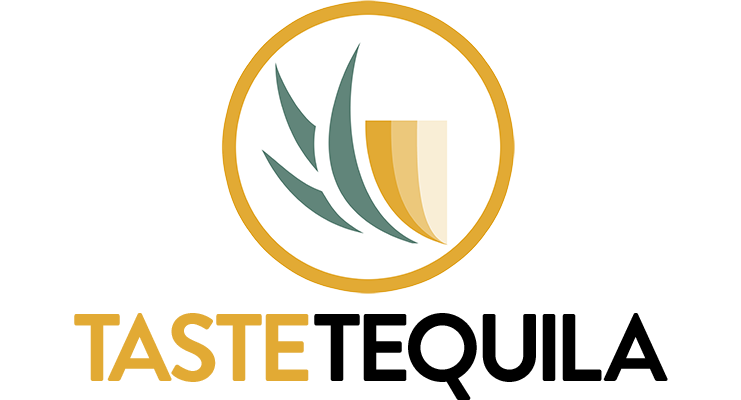Have you ever gone tequila tasting with someone who has a great nose? They swirl their glass around, hold it to the light to checkout the “legs” and the “tears”, and then dive in with both nostrils. They smell from the bottom, middle and top of the glass and then maybe they switch to one nostril at a time.
“Butter, dried cherries, geraniums, olives and a little bit of acetone,” they say, putting their glass of tequila down, satisfied.
You sit smelling your tequila with a puzzled look on your face. “Geraniums?!” you think. “I would never have gotten that!”
That’s pretty much how I felt every day of my four-day, intensive tequila aromas and tasting class in Guadalajara last month. The class was amazing, taught by a “maestra tequilera” and professional catador (taster) named Ana Maria Romero Mena. (I’ve written about her earlier.)
Even though I accepted that my nose needed serious training, it was still strange to think that so many various aromas could exist in a single tequila. “How do they get there?” I wondered. As it turned out, Ana Maria had an answer.
All of the 600 various aromas that have been detected in tequila can be traced back to distinct parts of the tequila-making process.
Here are the key parts of the process and some of the aromas they produce:
Extraction — Broken agave fibers can produce more methanol
Cooking — Raw and cooked agave aromas
Fermentation — Slow cooking produces aromas such as butter and yeast, while rapid fermentation generates crude agave smells
Distillation — This is where you get metallic, herbal, fruit, spice, floral and solvent aromas, as well as detergents and chemicals. A lot of aromas can come from distillation!
Water — Depending on the water source, water can add fish, chlorine, sulfuric acid and algae aromas. Bad water can ruin a good tequila if it is used for dilution.
Barrels — The aging process can add bourbon and whisky flavors (mostly from used barrels), as well as vanilla, chocolate, coffee and wood scents. Barrels can also add unwanted elements such as mold and leather aromas.
Because each part of the process puts a stamp on the tequila, each distillery, with its own proprietary process and set of ingredients, leaves a distinct fingerprint on the tequila it produces. That’s why expert tasters can tell if a tequila is made at a certain distillery, and they can find incongruities that you or I might not notice.
Of course, there are other factors that can affect the taste, such as when the tequila maker uses “enhancers” like wood chips and flavor extracts to achieve a certain flavor profile. I won’t go into these methods too much here.

If you want to become better at tasting and evaluating tequilas, practice training your nose to pickup on the natural aromas produced in the process. Keep in mind that you will detect different aromas when you smell the bottom of the glass, the center and the top. Personally, I get more alcohol and solvent aromas at the bottom, more fruits and herbs in the middle (especially when it’s a tequila made with a tahona, or stone that crushes the agave) and more barrel flavors, such as vanilla, at the top.
Then, the next time you go tequila tasting with a friend try to see how many different aromas you can both detect, and don’t be surprised if you find many more than you thought possible!
-Scarlet




I will be paying a lot more attention to individual aromas now after reading this. Once I do, the tastes will be SO much more enhanced. Keep it coming
G & S, I have SO much to learn.
Interesting how the different aromas are linked to the various stages of the production process. I hope to get the chance to attend Ana’s Tequila Tasting class next time I visit Guadalajara.